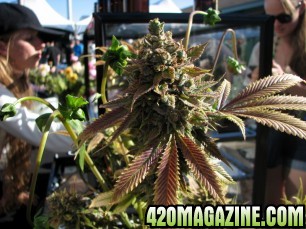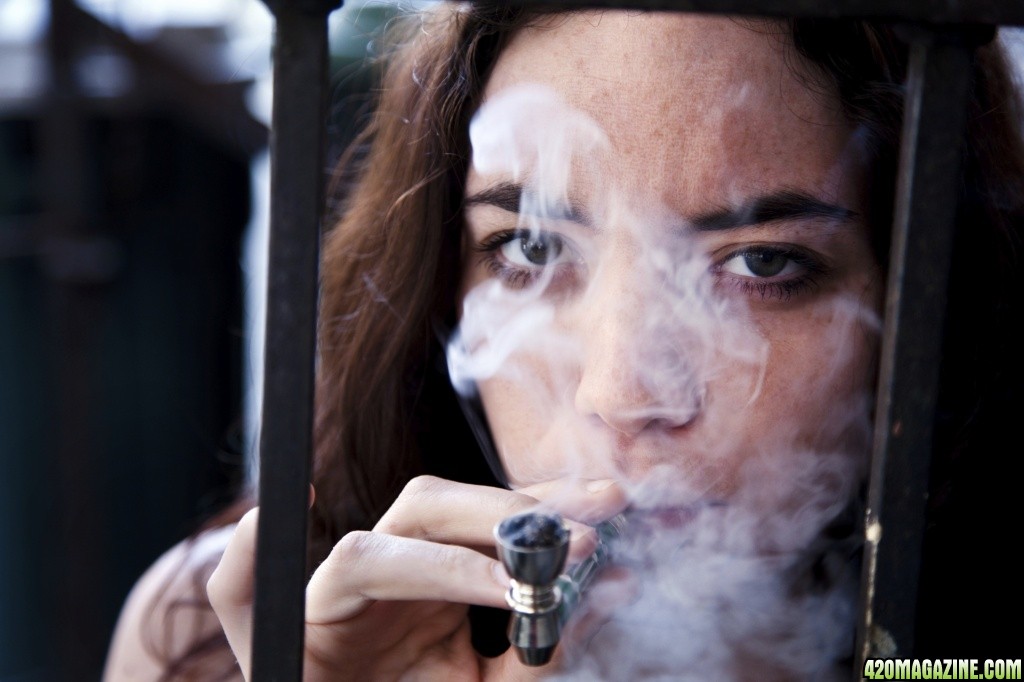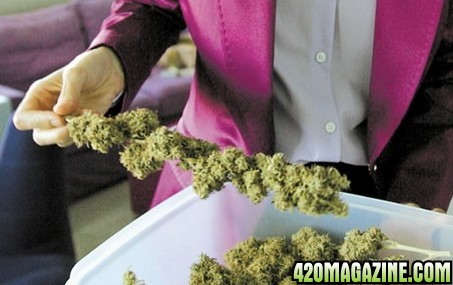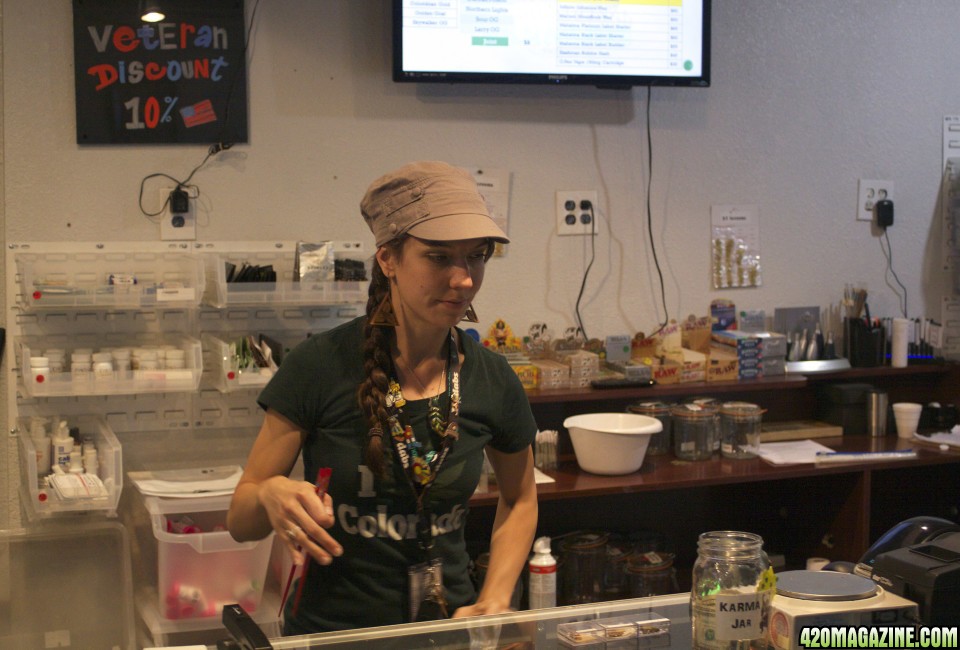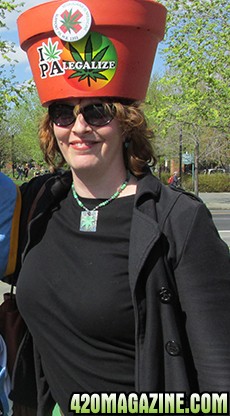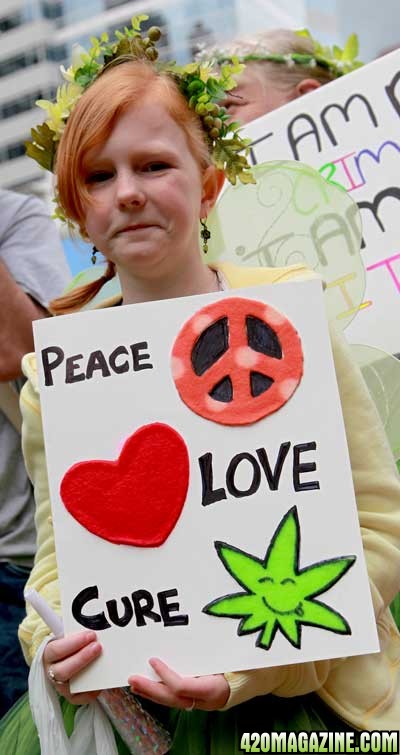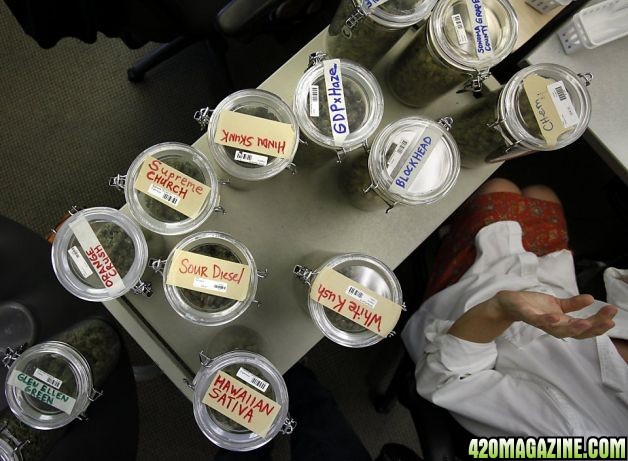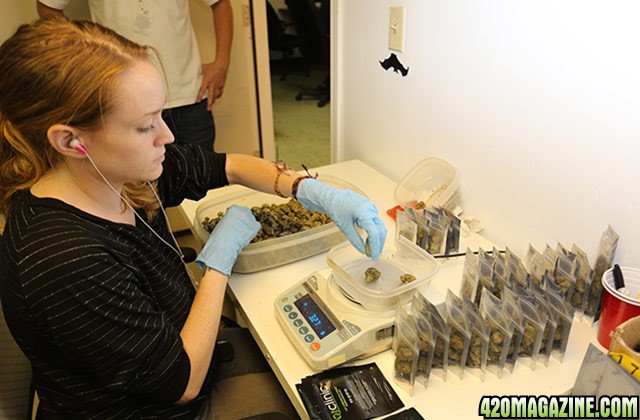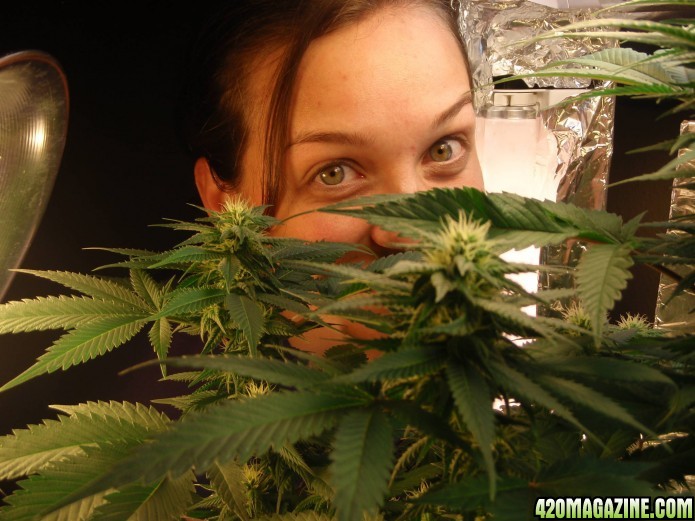- Thread starter
- #441
420RedHead
New Member
Many active drugs enter the body's fat cells. What is different (but not unique) about THC is that it EXITS fat cells slowly. As a result, traces of marijuana can be found in the body for days or weeks following ingestion. However, within a few hours of smoking marijuana, the amount of THC in the bran falls below the concentration required for detectable psycho activity. The fat cells in which THC lingers are not harmed by the drug's presence, nor is the brain or other organs. The most important consequence of marijuana's slow excretion is that it can be detected in blood, urine, and tissue long after it is used, and long after it's psycho actitvity has ended.





